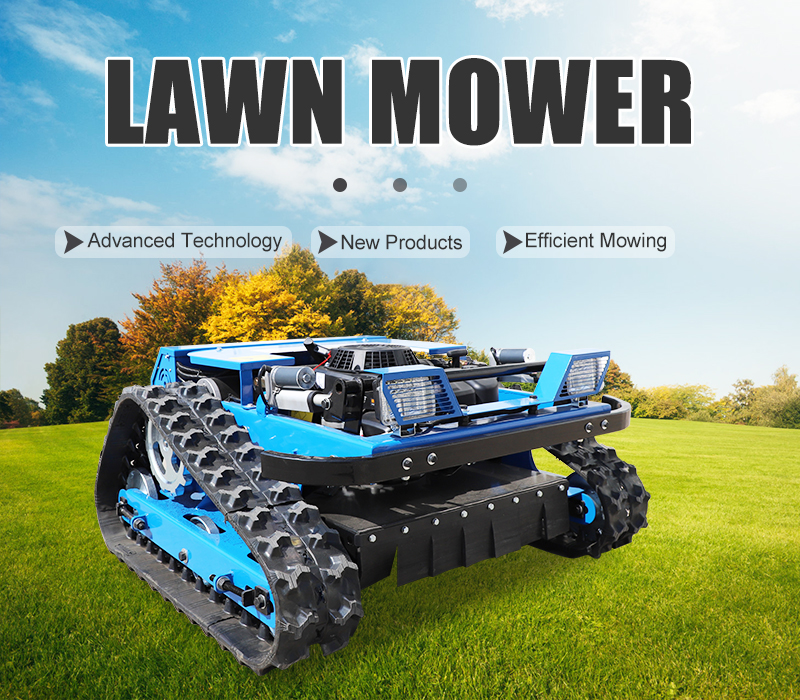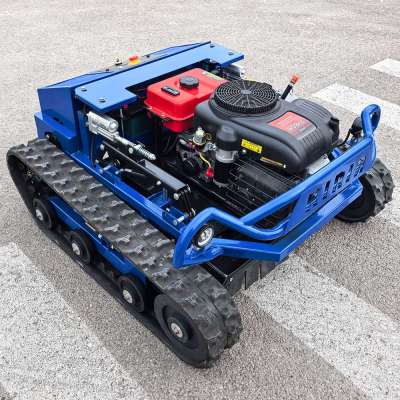Lawn mower maintenance guide: Keep your equipment running efficiently
With the growing demand for gardening and landscaping, lawn mowers have become an essential tool for home gardens, farm lawns, and landscaping projects. However, many users focus solely on using their lawn mowers after purchase, overlooking the importance of routine maintenance. In fact, proper maintenance not only extends the lifespan of a lawn mower but also ensures it remains efficient and safe. This article will detail the key points of lawn mower maintenance to help you manage your equipment with ease.
1. Clean regularly to prevent weed accumulation.
While the mower is in operation, grass clippings and dust easily cling to the blades, housing, and air intake. Failure to clean promptly will not only reduce cutting efficiency but may also cause the machine to overheat.
Recommended: After each use, clean the blades and housing with a brush or high-pressure air gun. Wipe with a damp cloth if necessary, but avoid directly using water on the engine.
2. Blade Sharpening and Replacement
A sharp blade is essential for efficient mower operation. If the blade becomes dull or chipped, mowing performance will be significantly reduced and the engine load will be increased.
Maintenance Tips:
Check blade sharpness every 20-30 hours of use.
We recommend annual sharpening or replacement based on usage.
When replacing blades, use original or matching blades to ensure safety and performance.
3. Engine and Fuel Management
For gasoline lawn mowers, engine health directly determines the lifespan of the machine.
Check the engine oil: Maintain the proper oil level and change it regularly (usually every 50 hours or once a quarter).
Fuel Maintenance: Use clean, approved gasoline and avoid using stale or contaminated fuel. Drain the fuel tank when the engine is parked for extended periods to prevent fuel deterioration and clogging the carburetor.
4. Air Filter and Spark Plugs
The air filter prevents dust from entering the engine and is a key component for ensuring combustion efficiency. Spark plugs affect ignition performance. Maintenance Recommendations:
Check the filter every 25 hours of use. Clean or replace if clogged.
Inspect the spark plugs annually and replace if any carbon deposits or wear are detected to ensure smooth engine starting.
5. Precautions for Long-Term Storage
If the mower is to be stored during the winter or for extended periods, proper precautions should be taken:
Drain the fuel tank and engine oil to prevent deposits that could damage the engine.
Store the mower in a dry, well-ventilated area, away from moisture.
Apply a small amount of engine oil to the blades and metal parts to prevent rust.
6. Regular Inspections and Professional Maintenance
In addition to routine maintenance, it is recommended that the mower be taken to a professional service center for a comprehensive inspection annually, including the transmission system, bearings, and screw tightness, to ensure it remains in optimal condition.
A lawn mower is a highly effective piece of gardening equipment, but it also requires careful care. Regular cleaning, inspection, and maintenance, as described above, will significantly extend its lifespan and keep it performing at peak performance.
Start maintaining your lawn mower today and make it a long-term partner in your yard and lawn care!






